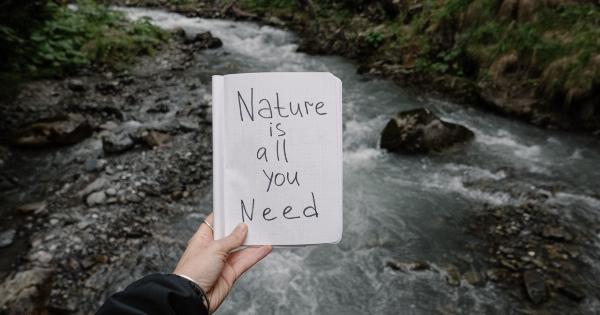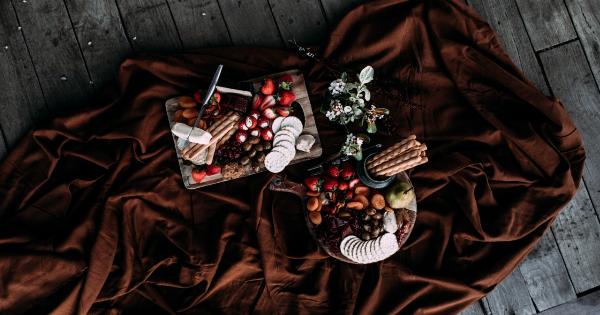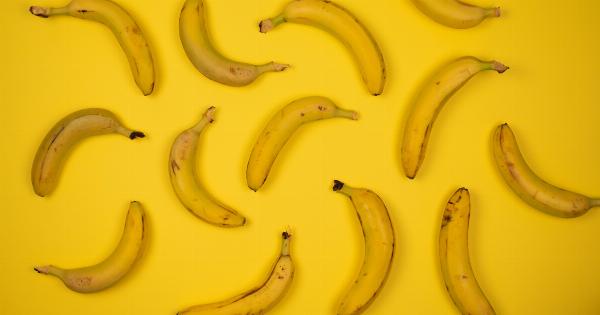Champagne is one of the most iconic and beloved alcoholic beverages in the world. Whether you’re celebrating a special occasion or just looking for a luxurious way to unwind after a long week, this elegant sparkling wine is always in season.
With its fizzy bubbles and bright, refreshing taste, Champagne is the perfect way to add a touch of sophistication to any event or meal.
What is Champagne?
Champagne is a type of sparkling wine that is produced exclusively in the Champagne region of France.
Unlike other wines, which may be carbonated artificially, Champagne gets its bubbles from a natural fermentation process that takes place inside the bottle. This process, which involves adding yeast and sugar to the wine and then sealing it with a cork, creates the signature fizz that Champagne is known for.
Types of Champagne
There are three main types of Champagne: Blanc de Blancs, Blanc de Noirs, and Rosé. Blanc de Blancs is made exclusively from white grape varieties, typically Chardonnay, and is known for its light, crisp flavor.
Blanc de Noirs, on the other hand, is made from red grape varieties like Pinot Noir and Pinot Meunier, and is typically richer and more complex in flavor. Rosé Champagne is made from a combination of white and red grapes, and is known for its delicate pink hue and fruity flavor.
How to Serve Champagne
Champagne should be served chilled, but not too cold. A temperature of around 45 degrees Fahrenheit is ideal.
When opening a bottle of Champagne, be sure to do so slowly and carefully, as the pressure inside the bottle can cause the cork to shoot out unexpectedly. To pour Champagne, hold the bottle at a 45-degree angle and pour slowly to prevent the bubbles from fizzing over the top of the glass.
Champagne is typically served in tall, flute-shaped glasses, which help to preserve the wine’s bubbles and aroma.
Pairing Champagne with Food
Champagne is a versatile wine that can be paired with a wide range of foods. Its acidity and effervescence make it an ideal pairing for fatty or rich foods, as it helps to cleanse the palate and cut through the richness.
Champagne is also a great match for salty or spicy foods, as its bubbles help to soothe the taste buds and balance out the flavors. Some classic food pairings for Champagne include oysters, caviar, and smoked salmon.
Exploring Champagne Brands
There are countless Champagne brands to choose from, each with its own unique flavor profile and style. Some of the most well-known Champagne brands include Moët & Chandon, Veuve Clicquot, and Dom Perignon.
These brands are known for their high quality and luxurious taste, and are often used to celebrate special occasions or mark important milestones.
Champagne Cocktails
While Champagne is delicious on its own, it can also be used to create a wide range of delicious cocktails.
Some of the most popular Champagne cocktails include the classic Mimosa, which combines Champagne and orange juice, and the Bellini, which features Champagne and peach puree. Champagne can also be used in more complex cocktails, like the French 75 or the Champagne Mojito.
Buying and Storing Champagne
When buying Champagne, it’s important to look for a reputable brand and vintage. While it’s possible to find affordable options, high-quality Champagne can be quite expensive.
Once you’ve purchased your Champagne, store it in a cool, dark place, away from direct sunlight or heat sources. Champagne should be stored upright, rather than on its side, to prevent the cork from drying out.
Conclusion
Champagne is a truly special beverage, and its popularity is a testament to its unique flavor and elegance.
Whether you’re enjoying a glass of Champagne to celebrate a special occasion or simply to unwind after a long day, this versatile and sophisticated wine is sure to delight your senses and lift your spirits.































